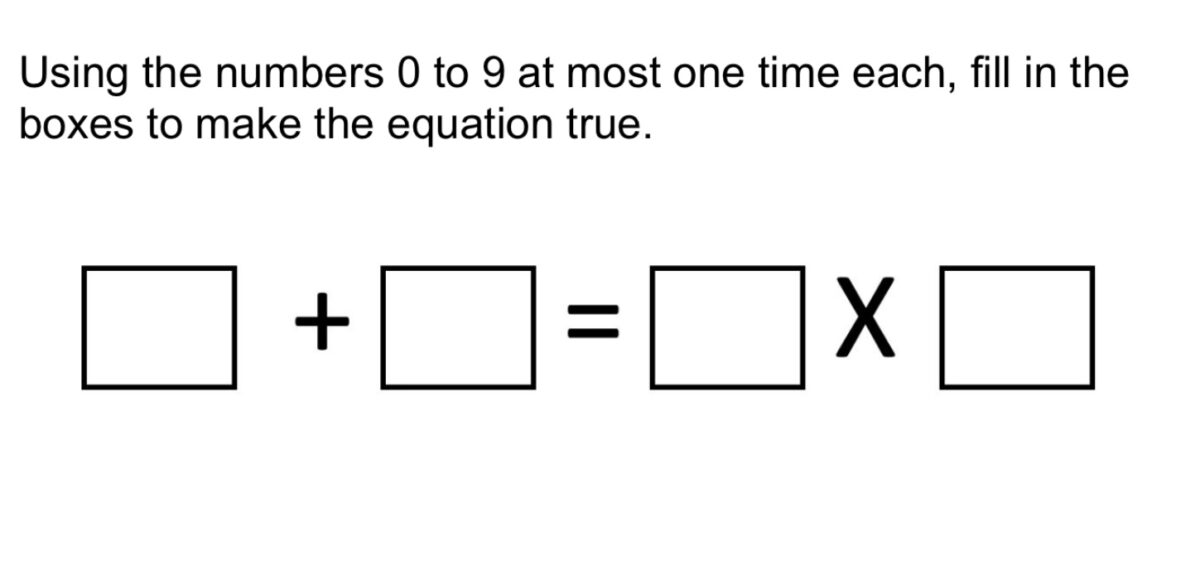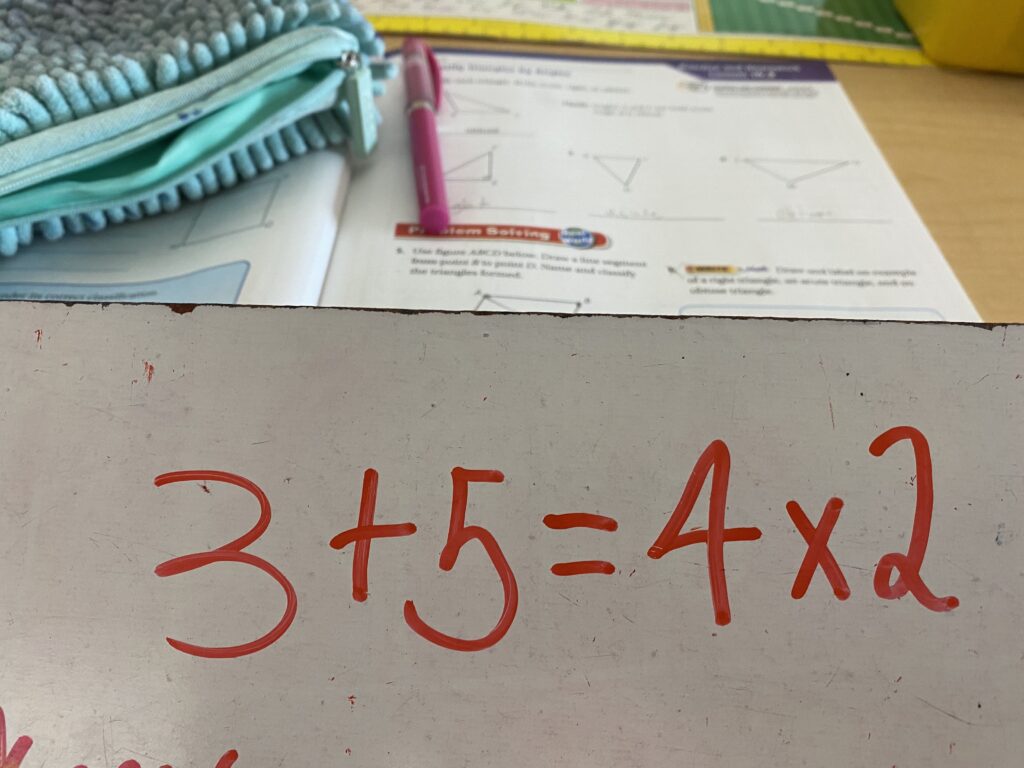I woke up this morning at 8:00 and was very pleased that I got a full eight hours of sleep. This rarely happens for me. Despite a full night’s rest I was still a little groggy and unsure why. Then I realized it was really 7:00, and I’d only gotten seven hours of sleep. Or was it 8:00, and I did get eight hours of sleep? I couldn’t remember whether I adjusted my alarm clock.
A similar scenario probably played out in houses across the country today as we moved the clocks ahead one hour for daylight savings. We lost an hour of sleep, and this afternoon it felt like an entire day of lost sleep. If you’re like me, it takes a couple days for your body to get back to normal after the time shift.
This happens to our students as well. According to a 2016 article in The Denver Post, sleep expert Lisa Meltzer says, “We have tons of evidence showing even small differences in sleep make a lot of difference in behavior.” And who doesn’t have at least a small difference in sleep after moving the clocks ahead one full hour?
In fact, some research shows that students who have even a minimal disruption in their sleep routine can test a full letter grade below their normal performance when properly rested. So that A students might get a B on an assessment when they’re not fully rested.
Teenagers need eight to 10 hours of sleep a night, which might be hard when they “lost” an hour over the weekend. The concern for students getting an adequate amount of sleep has some school systems across the country reevaluating their start times. In fact, California recently mandated later start times for secondary students.
So, tomorrow, the day after we moved the clocks forward, might not be the best day to give that big assessment. Students’ internal clocks might still be an hour behind and their performance might be a letter grade behind as well.









